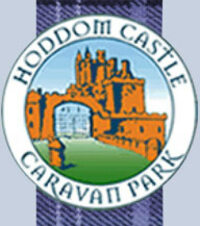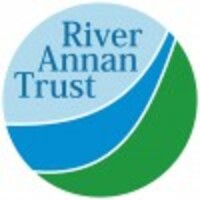


Local Sponsors
-
Hoddom Castle Caravan & Camping Park
Hoddom, Nr Lockerbie Scotland DG11 1AS
Situated in a convenient location in the heart of south west Scotland, Hoddom Castle Caravan and Camping Park can be found in partially wooded parkland in the grounds of a 16th Century Border Keep forming part of the 10,000 acre Hoddom and Kinmount Estates.
-
River Annan Trust
Fisheries Office, St Ann's Lockerbie DG11 1HQ
The River Annan is an intimate river that throughout most of its length offers fishing for salmon and sea trout of the highest calibre. Beats offer classic fly water.
More information
Many thanks to Hoddom Castle for facilitating this camera's location and to River Annan Trust for capitally funding its installation. The River Annan (known as Uisge Annan in Gaelic) is a prominent river situated in southwest Scotland. Its source can be found at the base of Hart Fell, located five miles north of Moffat. Another branch originates from Annanhead Hill and flows through the Devil's Beef Tub before joining the Hart Fell branch to the north of Moffat. The Annan River has been featured in numerous folk songs from the Borders region, often portrayed as a malevolent force that claims the lives of those who attempt to cross it. One notable example is "Annan Waters" (Child 215), which has been recorded by artists such as Nic Jones and Kate Rusby. In the online comic series Gunnerkrigg Court, the Annan Waters symbolize a river that separates the Court from the Gillitie Forest, serving as a boundary between technology/science and magic/nature.
Continuing its course, the river flows past the town of Lockerbie before reaching the fishing town of Annan, where it eventually meets the sea. Despite being utilized by the Chapelcross nuclear power station for cooling purposes, which has now been decommissioned, the River Annan remains one of the region's foremost fishing rivers. Anglers primarily target salmon and sea trout, as well as brown trout, grayling, chub, and a few other species such as pike.Hoddom Castle, a substantial tower house located in Dumfries and Galloway, southern Scotland, stands alongside the River Annan. Situated 4 kilometers (2.5 miles) southwest of Ecclefechan and a similar distance northwest of Brydekirk in the parish of Cummertrees, the castle is designated as a category A listed building. The Hoddom or Hoddam lands were originally owned by the Herries family, allies of the Bruce family who held the title of Lords of Annandale from 1124. The property then passed to the Carruthers family and subsequently to the Maxwells. At the core of the castle stands an L-plan tower house, constructed during the 16th century, likely commissioned by Sir John Maxwell upon his marriage to the heiress Agnes, Lady Herries.During the aftermath of Mary, Queen of Scots' reign, Regent Moray laid siege to Hoddom, resulting in its surrender after ten hours on June 21, 1568. The castle briefly served as the base for Douglas of Drumlanrig, a Warden of the Scottish West March, but was recaptured in 1569 by Queen Mary's supporters. The following year, it was attacked by Lord Scrope's English forces, resulting in the destruction of the tower.In the 17th century, the tower underwent repair and expansion, transforming into a courtyard castle. It was acquired by Sir Richard Murray from the 6th Lord Herries and later came under the ownership of the Earl of Southesk in 1653. Around 1826, General Matthew Sharpe of Hoddom commissioned William Burn to design modern extensions to the south and west of the castle. In 1877, Hoddom was purchased by the Brook family of Meltham, Huddersfield, who also acquired nearby Kinmount House. Additional neo-Jacobean-style extensions were constructed to the north and west, some of which were designed by architects Wardrop and Anderson.During the Second World War, the house was requisitioned by the military and remained unoccupied thereafter. In the 1970s, William Burn's extensions were largely demolished. Presently, the castle stands within the grounds of a caravan park, utilizing the remaining 19th-century additions as office spaces. The tower house itself is in a state of disrepair and has been included in the Buildings at Risk Register for Scotland. It is also listed on Historic Scotland's Castle Conservation Register, which aims to identify buildings suitable for successful restoration. In March 2009, planning permission was granted for the castle's redevelopment, including the construction of a hotel, chalets, and a golf course.


